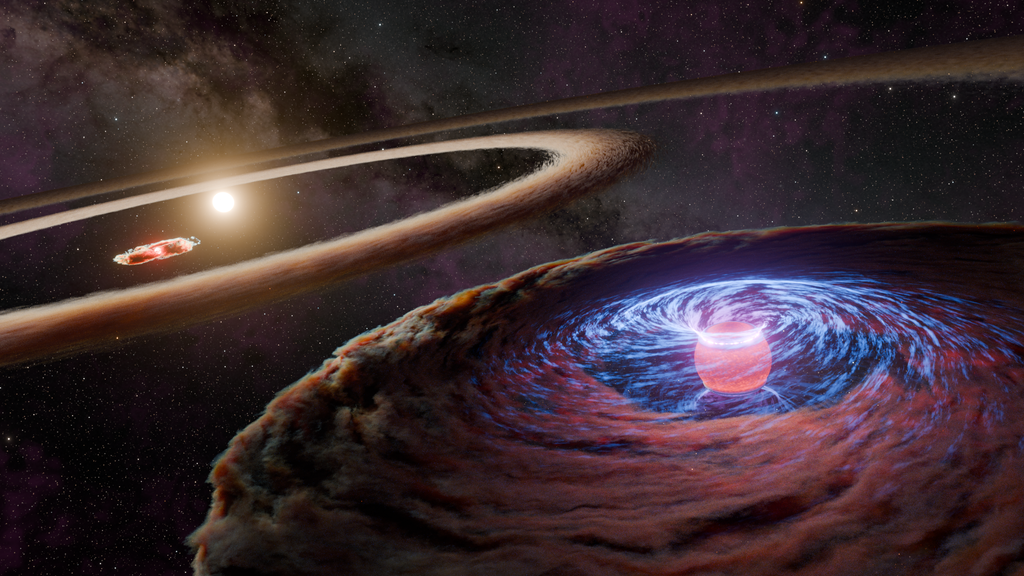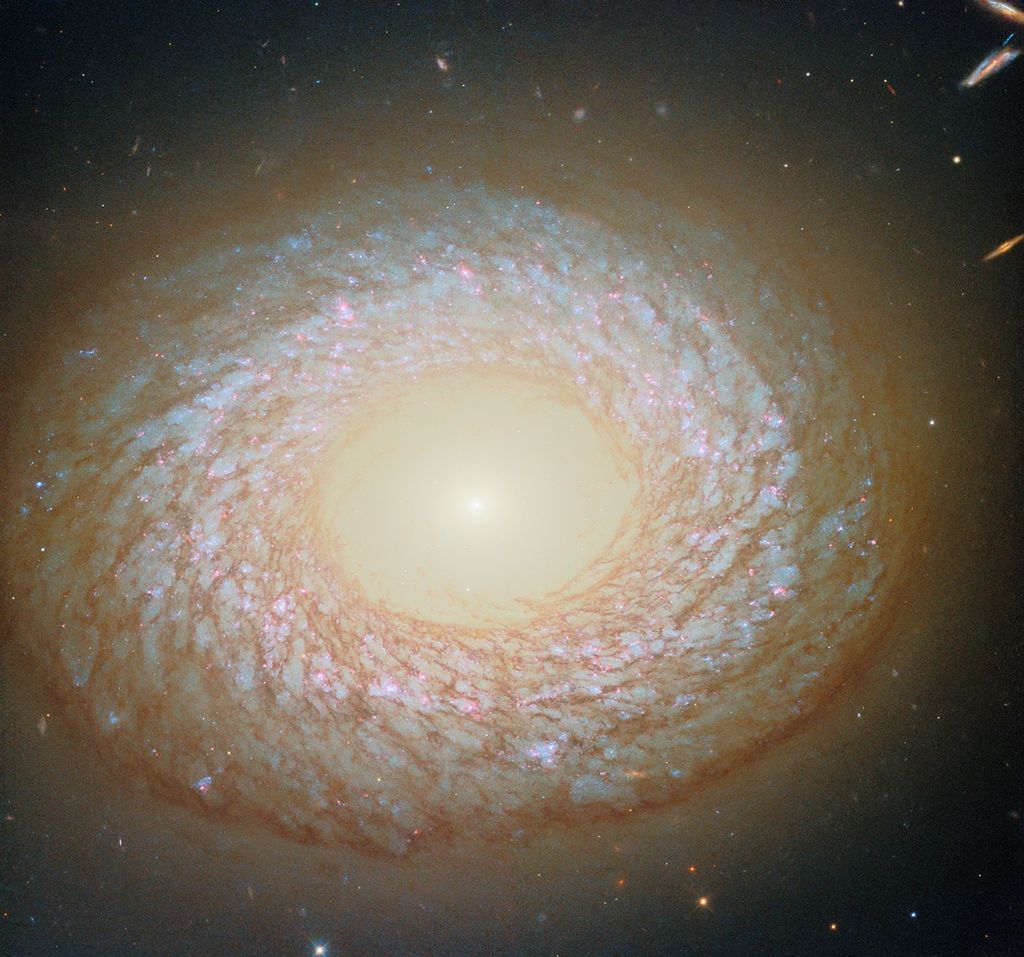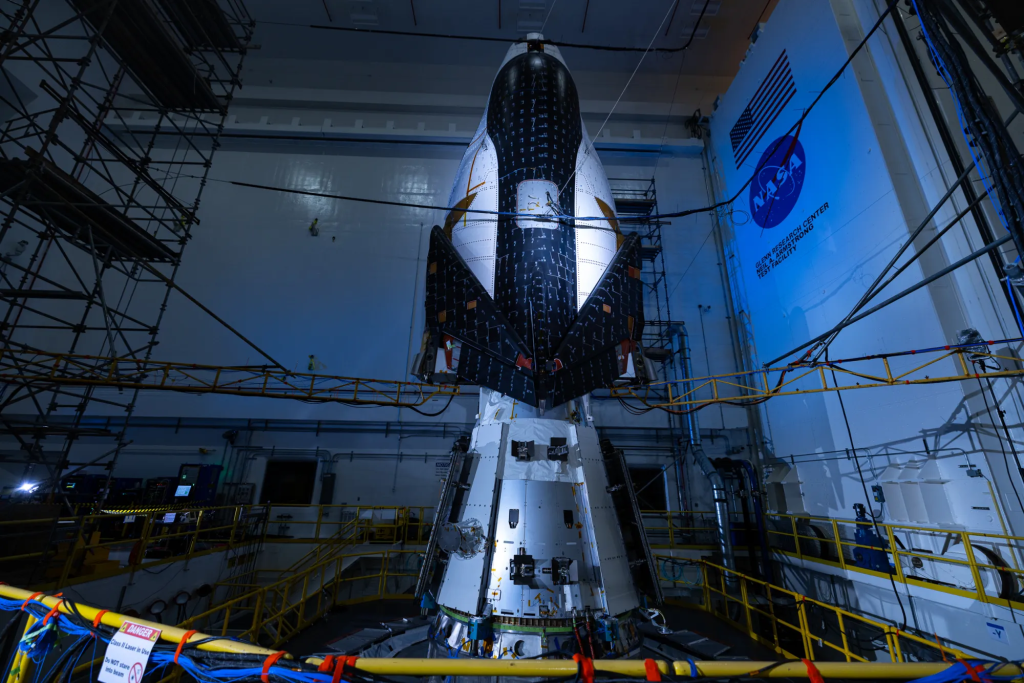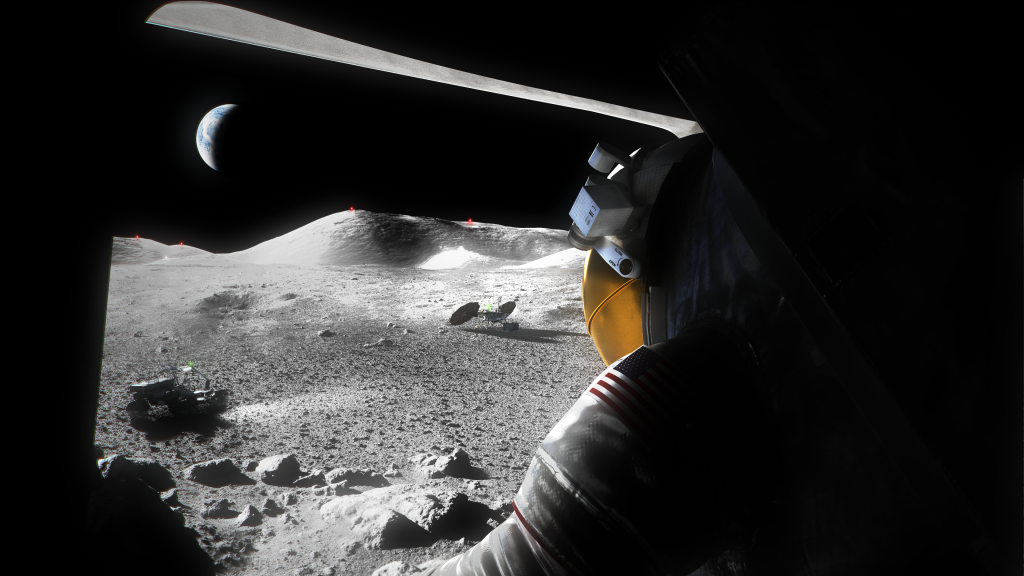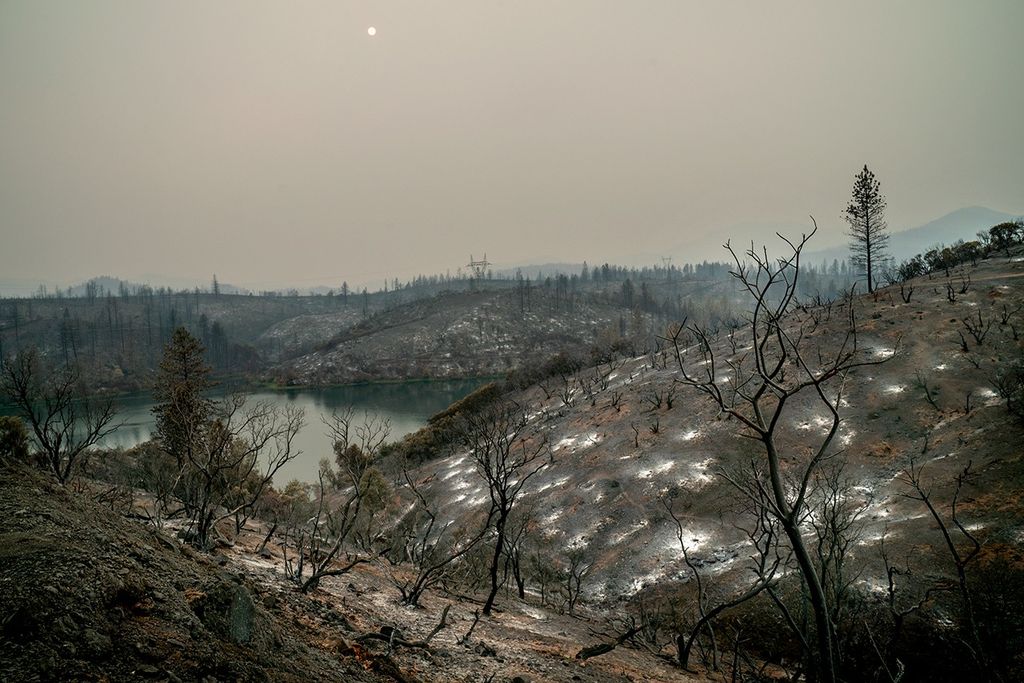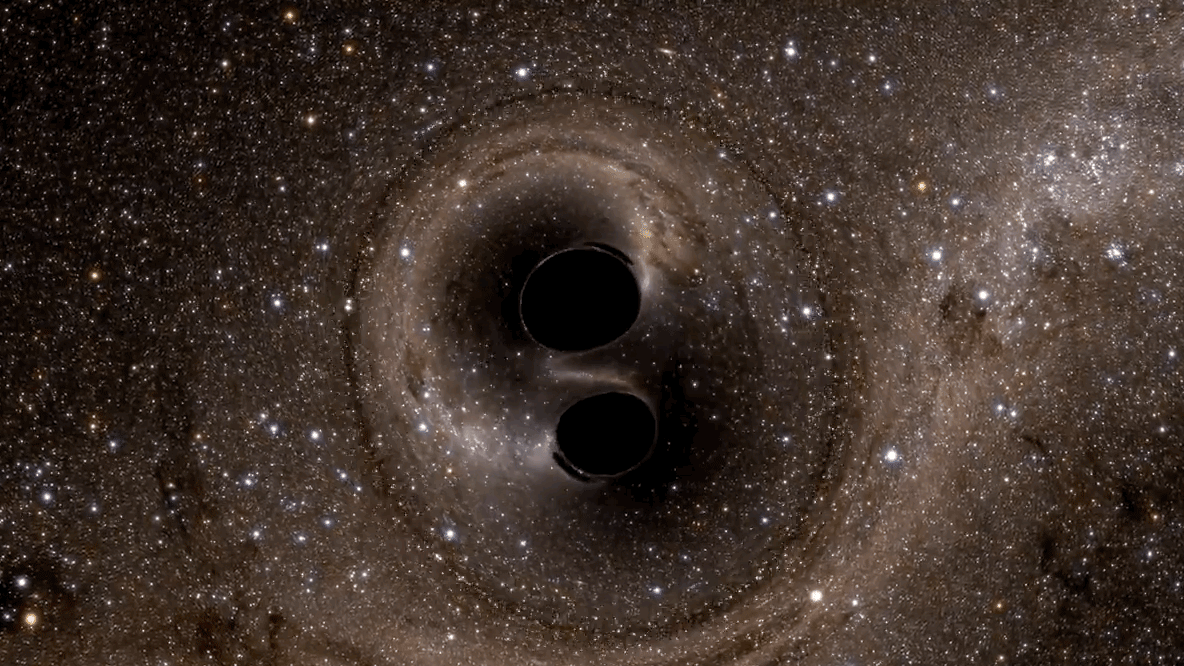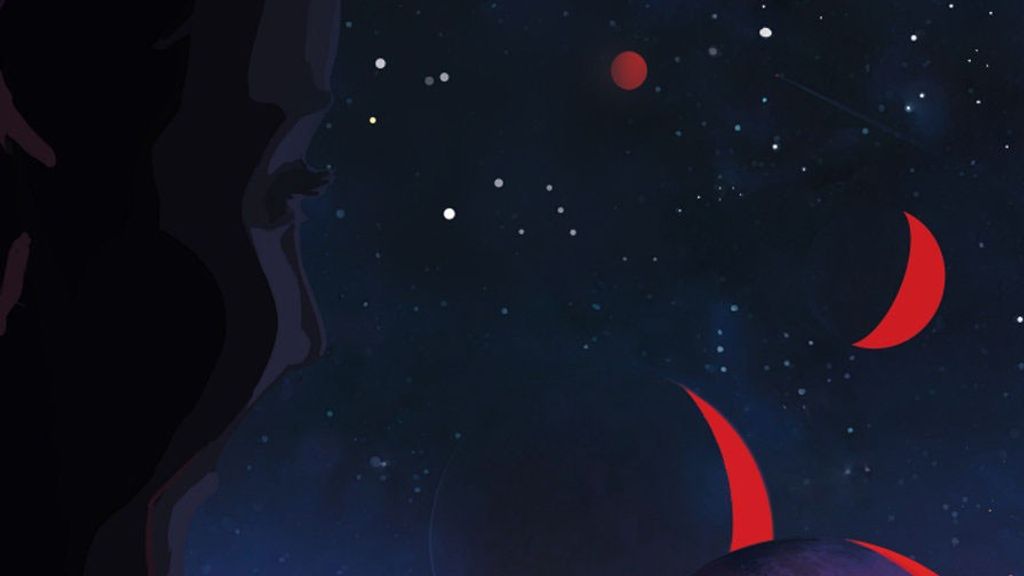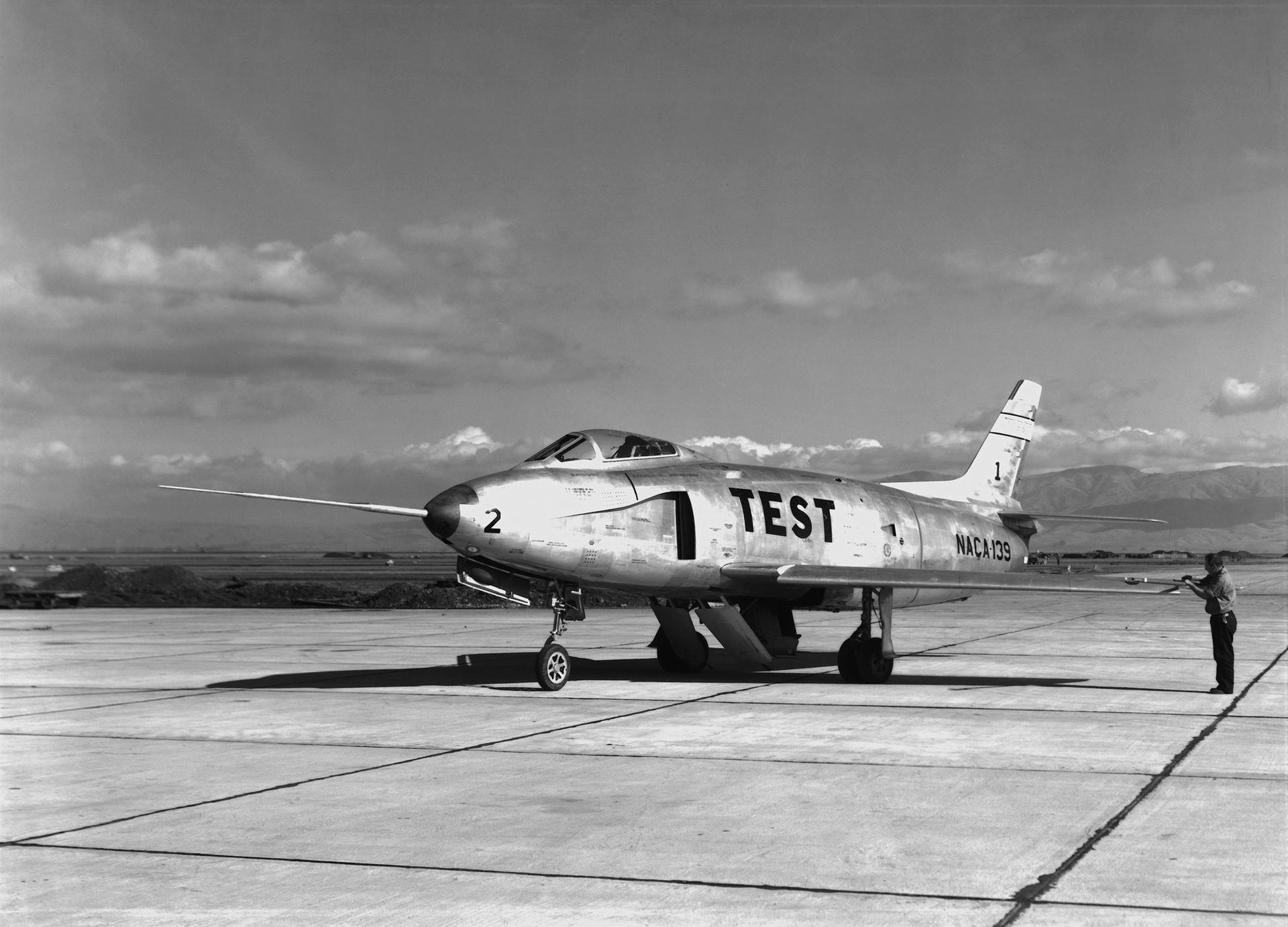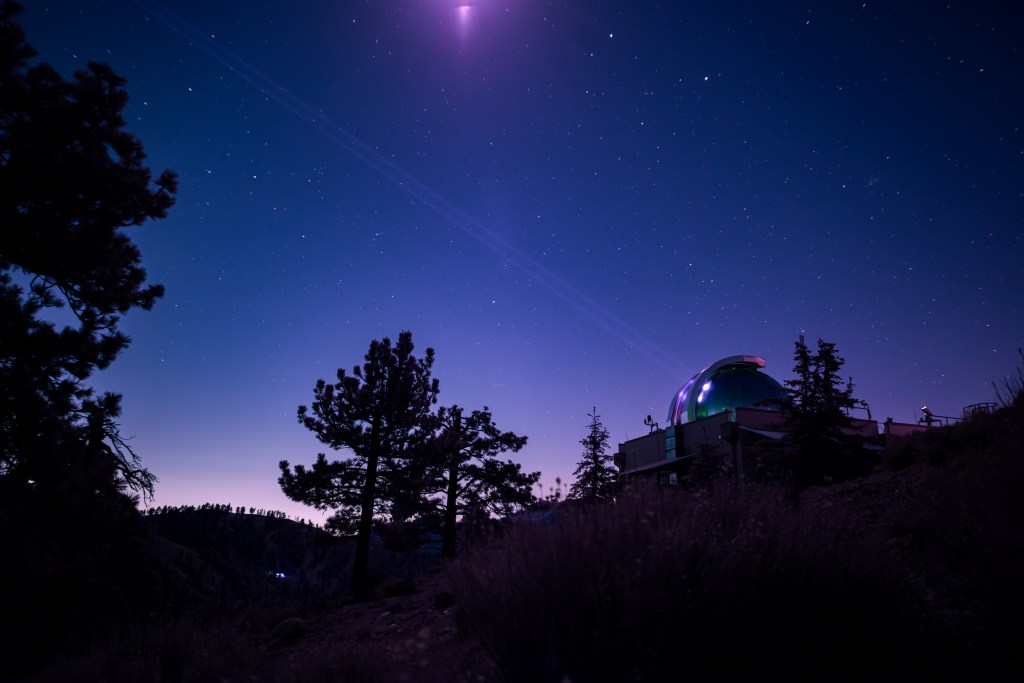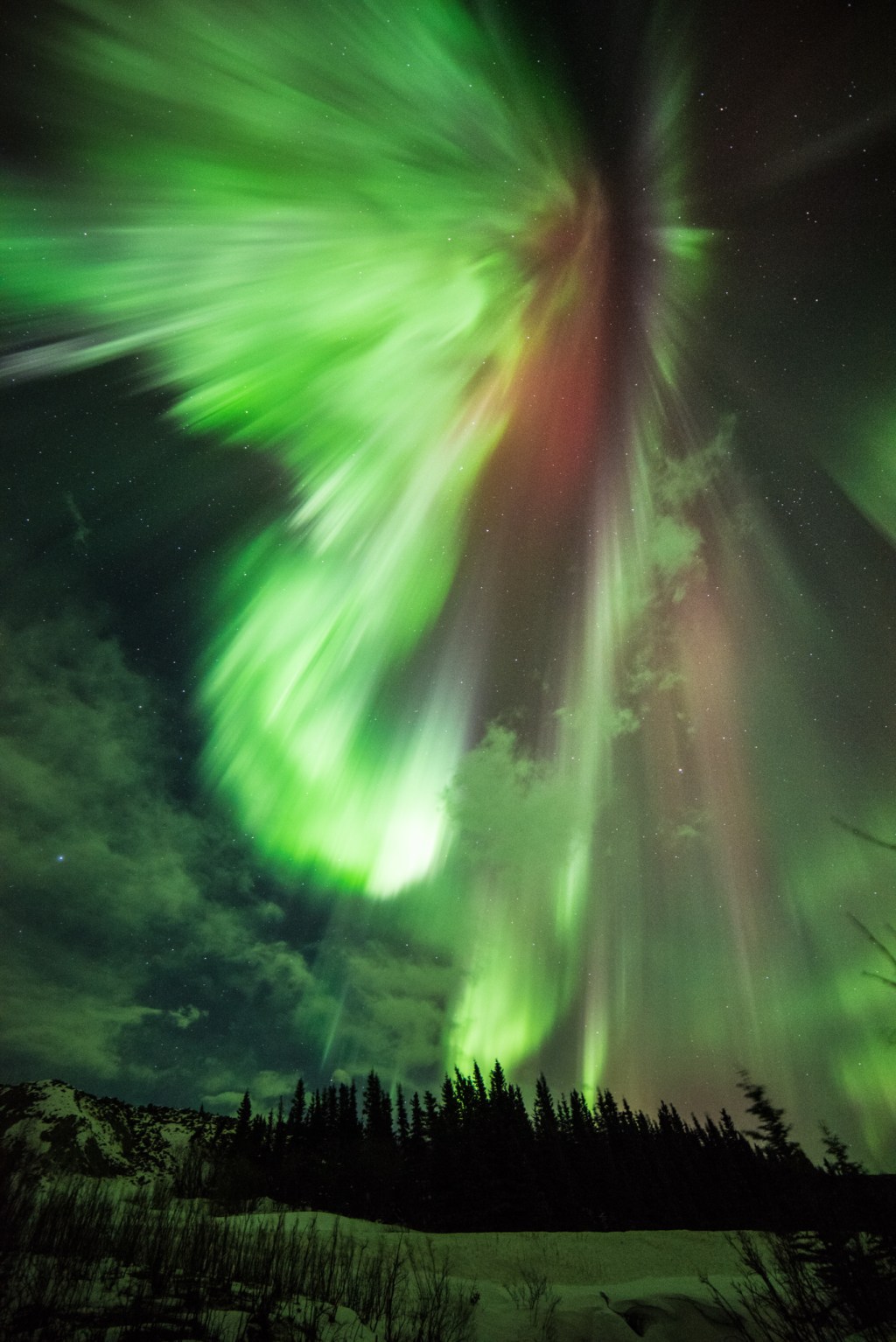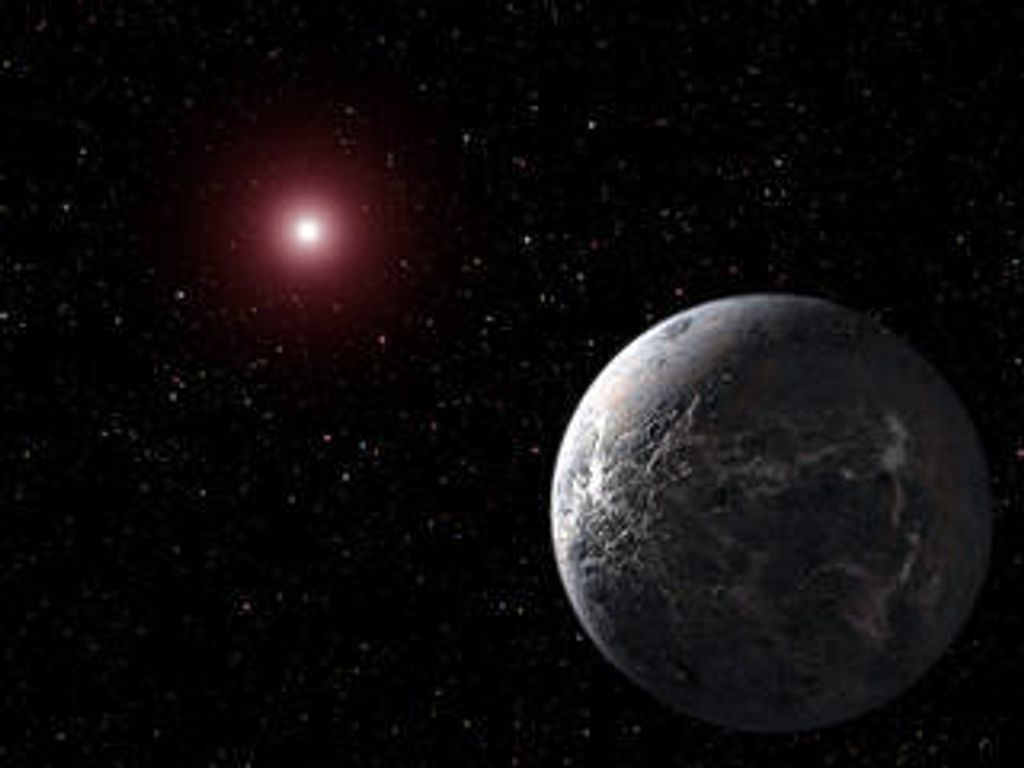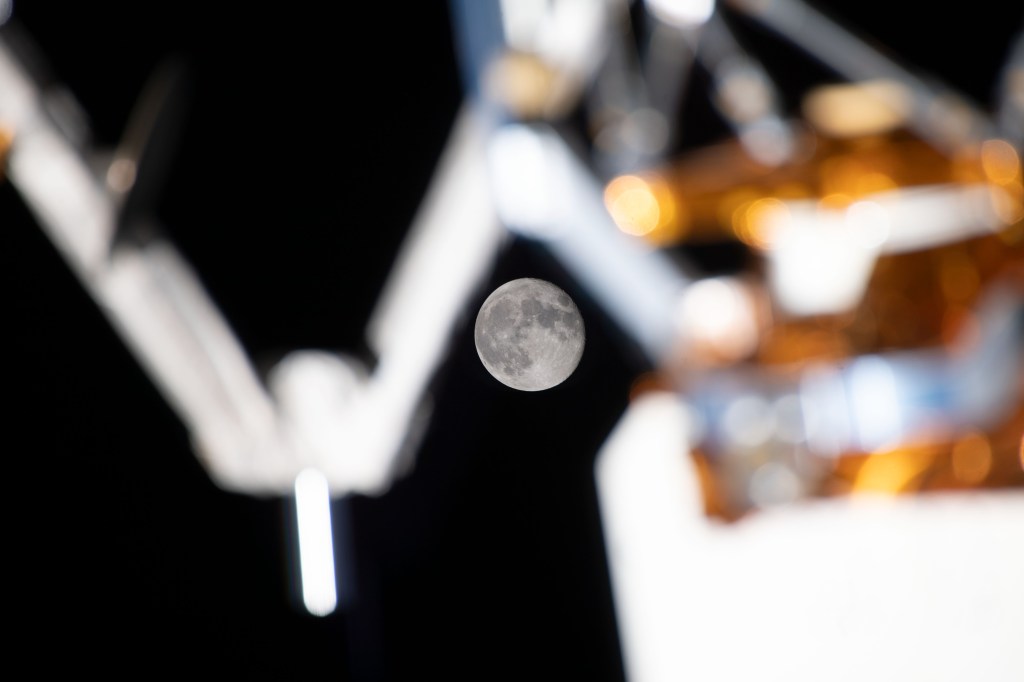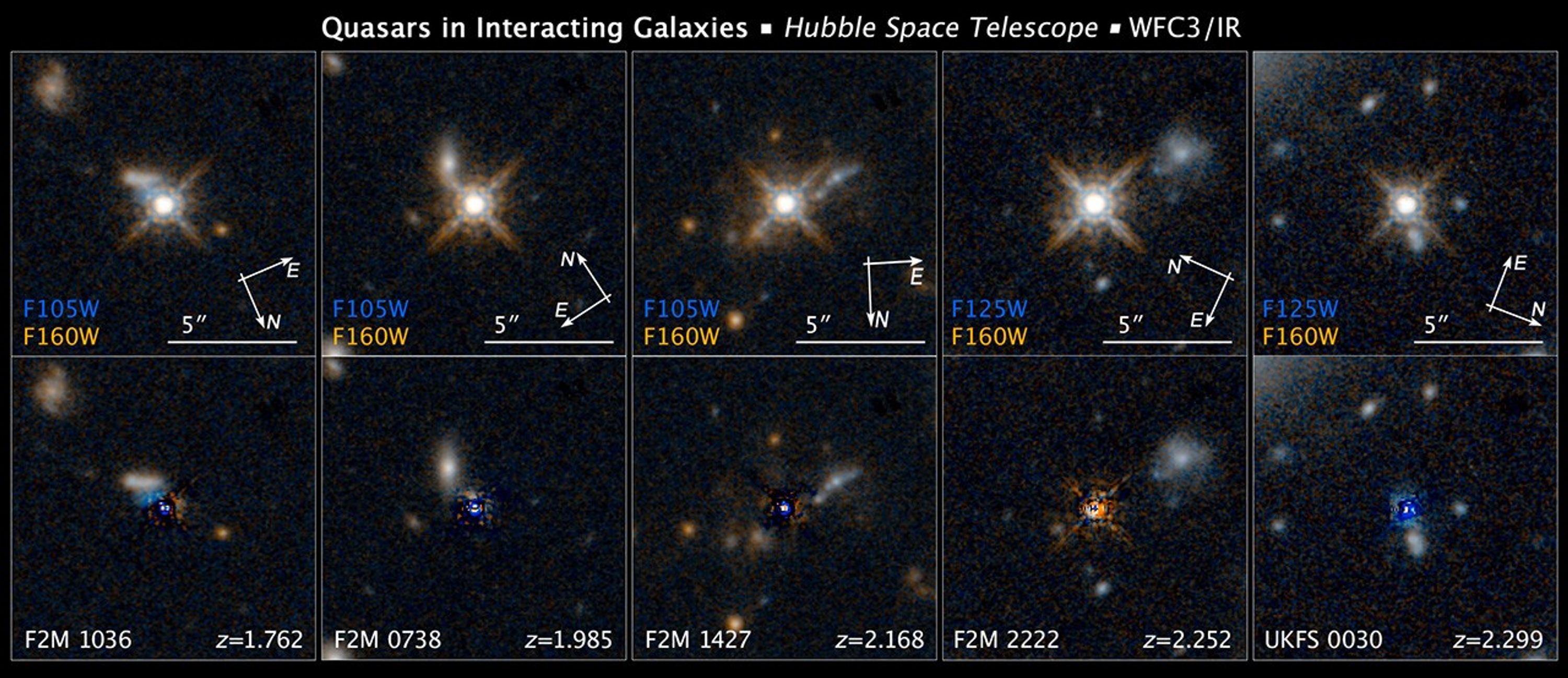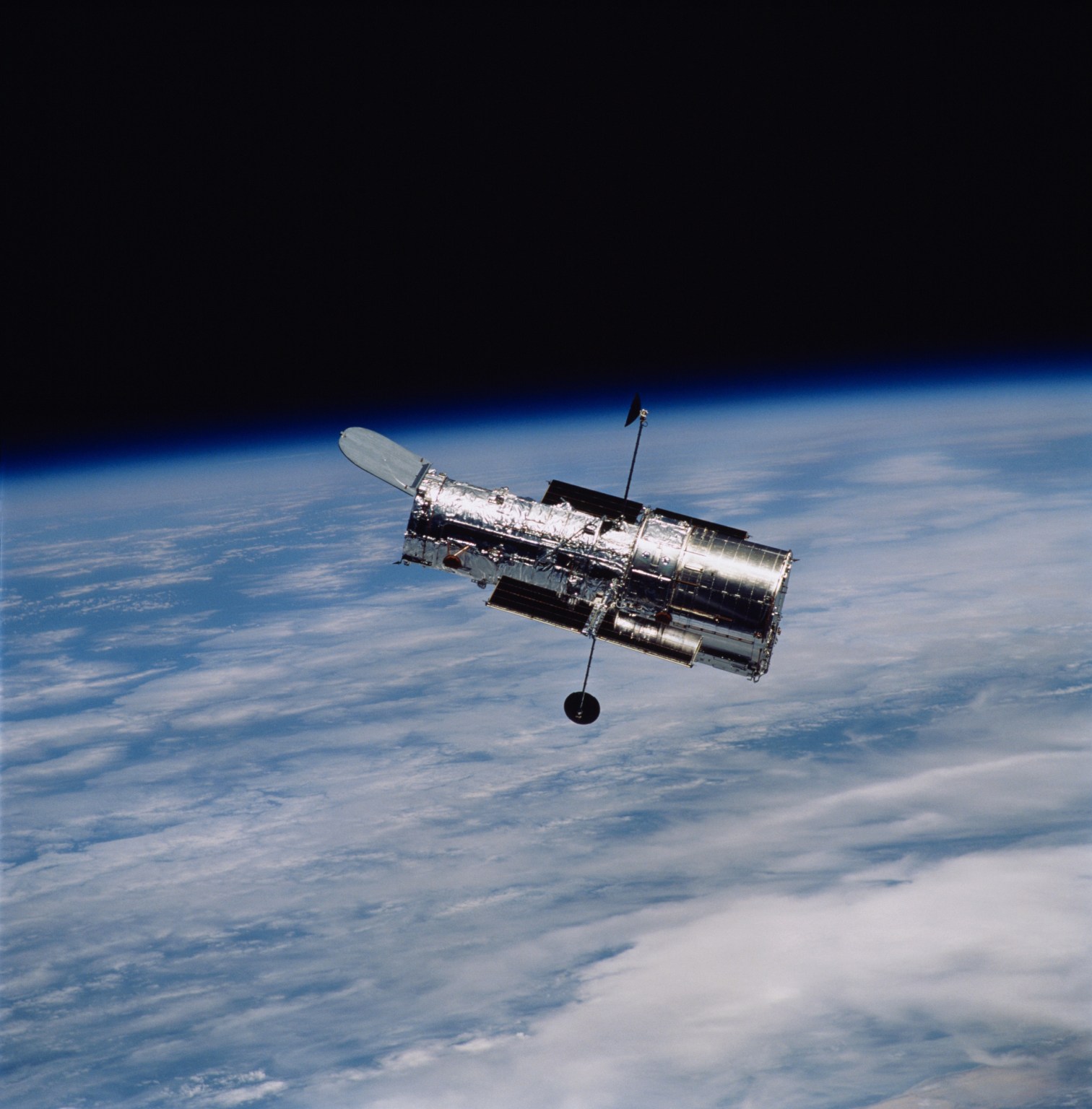1 min read
Quasars in Interacting Galaxies
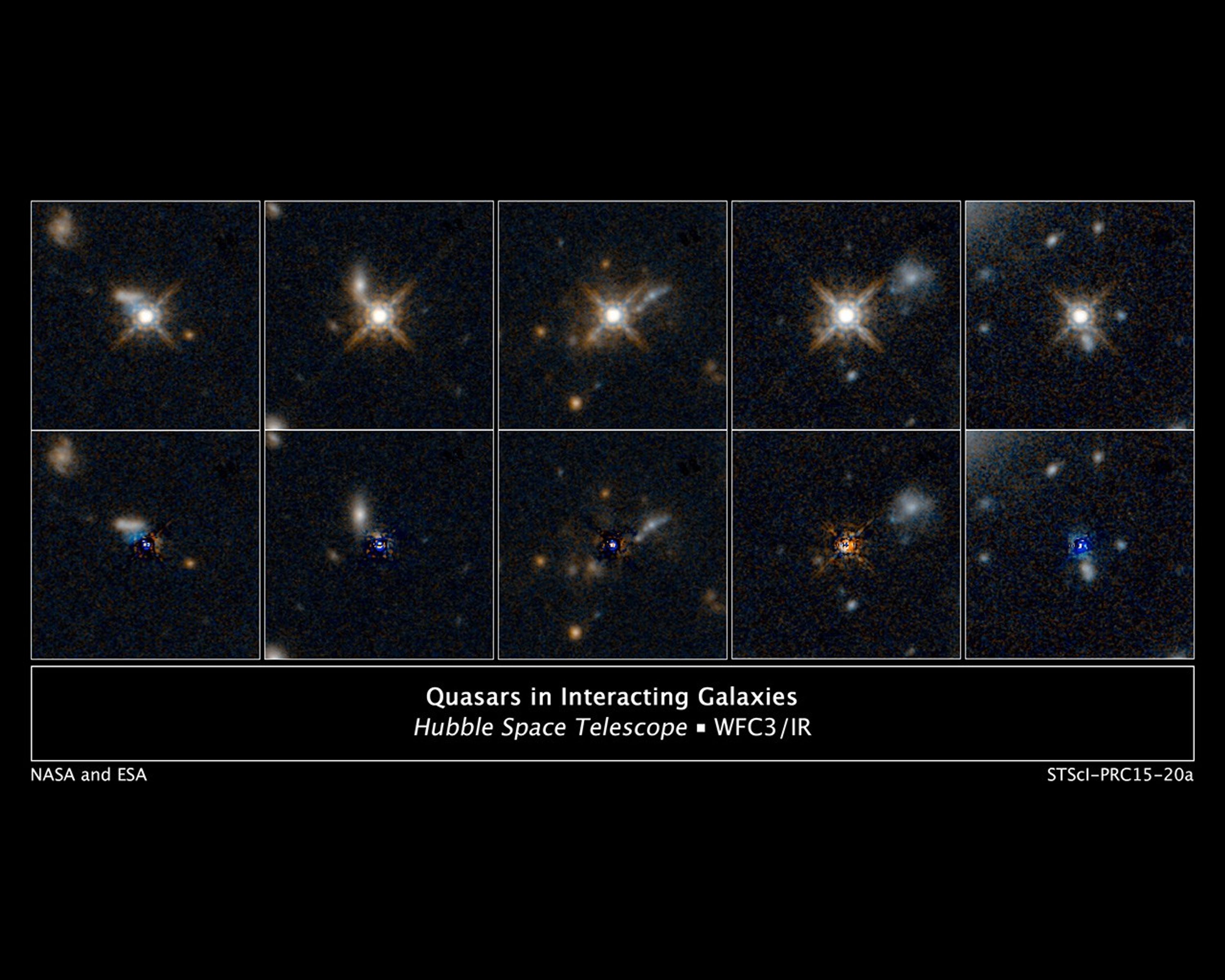
[Top Row]
This is a selection of photos from a Hubble Space Telescope survey of 11 ultra-bright quasars that existed at the peak of the universe's star-formation era, which was 12 billion years ago. The quasars (powered by supermassive black holes) are so compact and bright they make a diffraction-spike pattern in the telescope's optics – an optical artifact typically only produced by bright nearby stars. Despite their brightness, the quasars are actually dimmed by dusty gas around them. The infrared capability of Hubble's Wide Field Camera 3 was able to probe deeply into the material around the quasars.
[Bottom Row]
When the glare of the quasar is subtracted, researchers see evidence for collisions between galaxies. The collisions and mergers gave birth to the quasars by fueling the supermassive black hole at the core of the galaxies. The new images capture the dust-clearing transitional phase in the merger-driven quasar birth. These observations show that the brightest quasars in the universe live in merging galaxies.
About the Object
- DistanceDistanceThe physical distance from Earth to the astronomical object. Distances within our solar system are usually measured in Astronomical Units (AU). Distances between stars are usually measured in light-years. Interstellar distances can also be measured in parsecs.Redshifts: Between 1.7 and 2.3
About the Data
- Data DescriptionData DescriptionProposal: A description of the observations, their scientific justification, and the links to the data available in the science archive.
Science Team: The astronomers who planned the observations and analyzed the data. "PI" refers to the Principal Investigator.Data were obtained from the HST proposals 12942, PI: E. Glikman (Middlebury College) et al. The science team comprises:T E. Glikman (Middlebury College), B. Simmons (University of Oxford), M. Mailly (Middlebury College), K. Schawinski (Institute for Astronomy, ETH Zurich), C.M. Urry (Yale University), and M. Lacy (NRAO Charlottesville). - InstrumentInstrumentThe science instrument used to produce the data.HST>WFC3/IR
- Exposure DatesExposure DatesThe date(s) that the telescope made its observations and the total exposure time.September 2012 through June 2013
- FiltersFiltersThe camera filters that were used in the science observations.F105W (Y), F125W (J), and F160W (H)
- Object DescriptionObject DescriptionThe type of astronomical object.Dust-Reddened Quasars
- Release DateJune 18, 2015
- Science ReleaseHubble Sees the ‘Teenage Years’ of Quasars
- Credit

These images are composites of separate exposures acquired by the WFC3 instruments on the Hubble Space Telescope. Several filters were used to sample broad wavelength ranges. The color results from assigning different hues (colors) to each monochromatic (grayscale) image associated with an individual filter. In this case, the assigned colors are: Blue: F105W (Y) or F125W (J), Orange: F160W (H)

Related Images & Videos
Share
Details
Claire Andreoli
NASA’s Goddard Space Flight Center
Greenbelt, Maryland
claire.andreoli@nasa.gov

